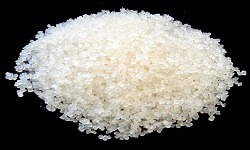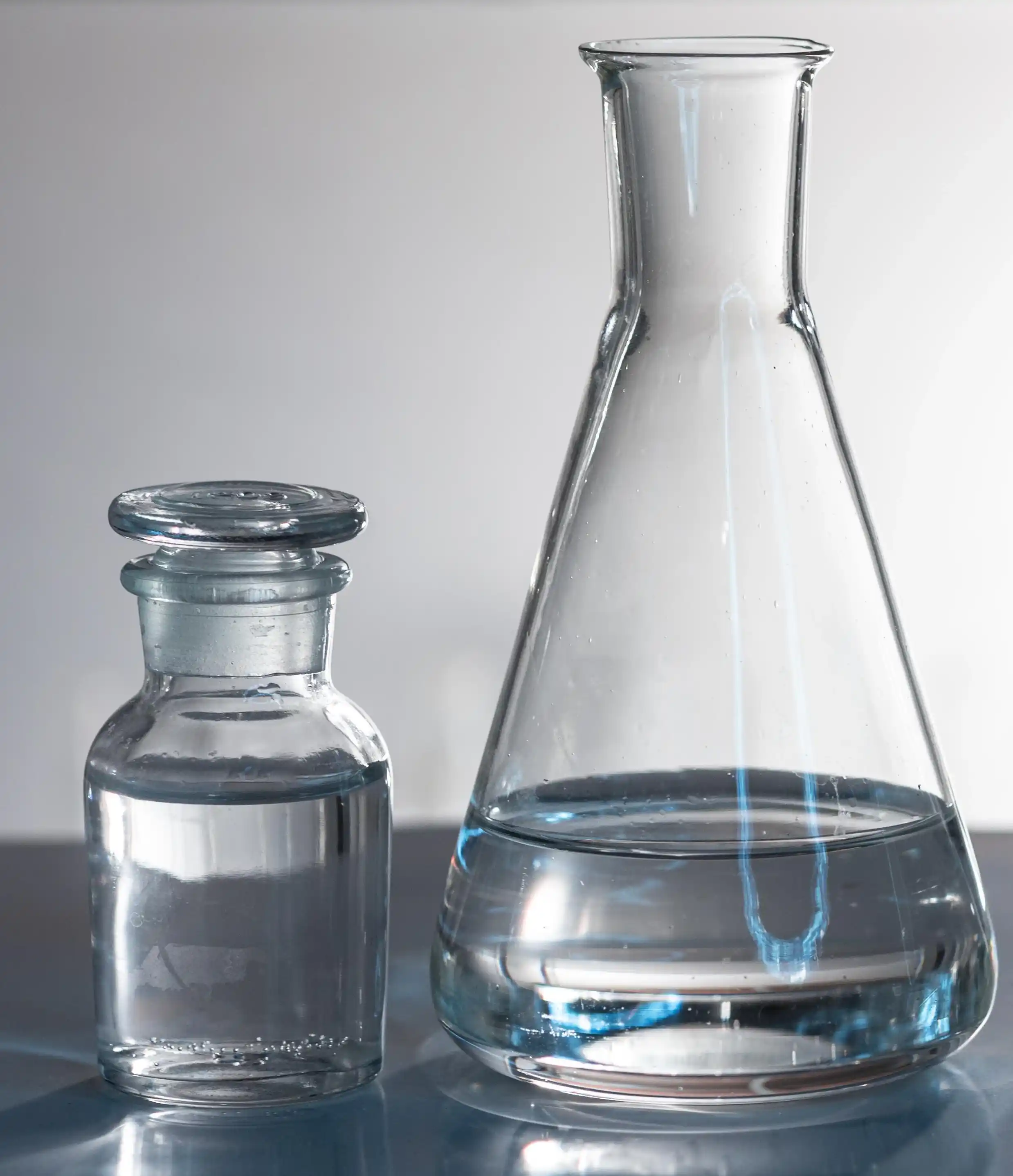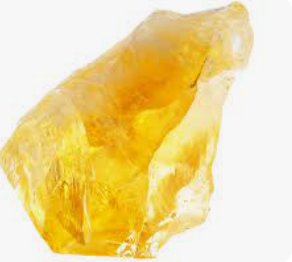Phthalic Anhydride (99,8%) - India
|
IUPAC Name |
: 2-Benzofuran-1,3-dione |
|
Cas Number |
: 85-44-9 |
|
HS Code |
: 2917.35.00 |
|
Formula |
: C8H4O3 |
Basic Info
|
Appearance Name |
: Fine White Powder |
|
Common Names |
: Isobenzofuran-1,3-dione, Phthalic anhydride |
|
Packaging |
: 25 KG Plastic Bag, 600 KG Big Plastic Bag |






---china.webp)
